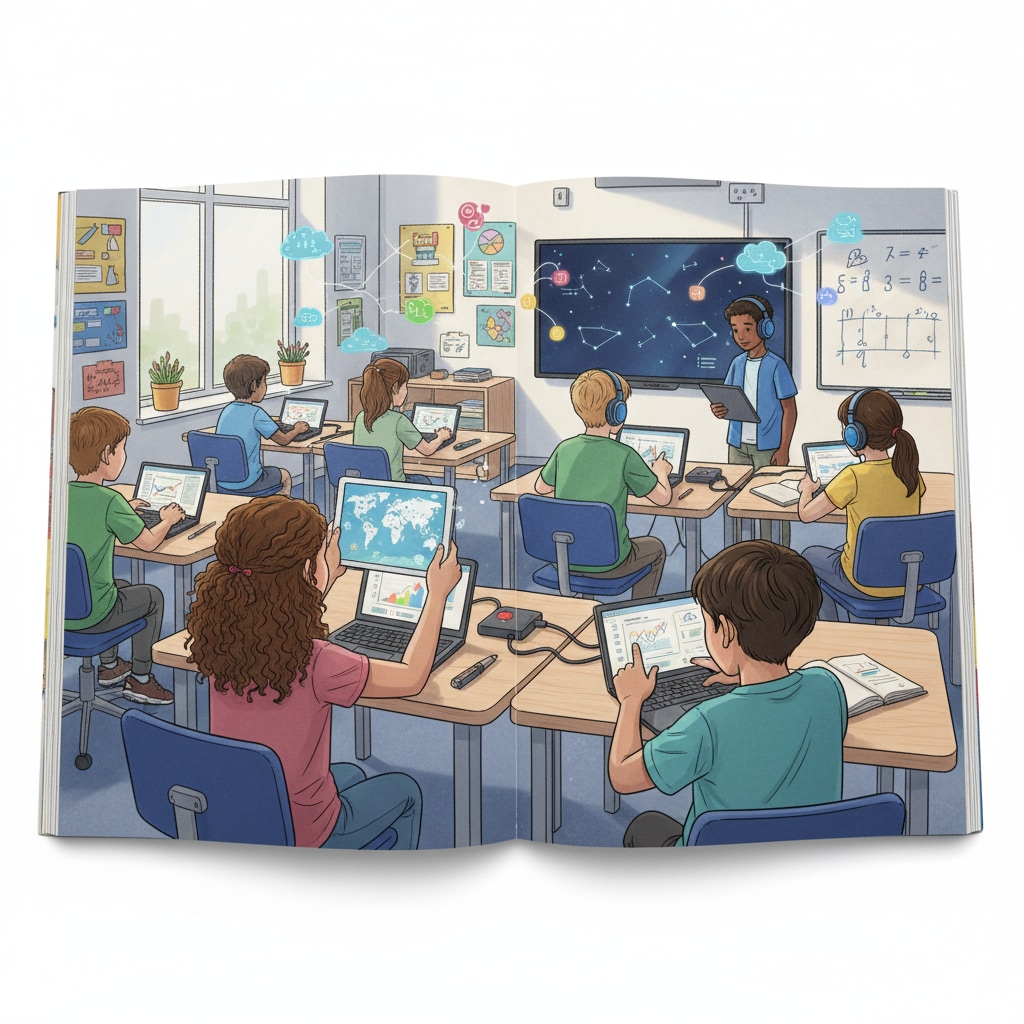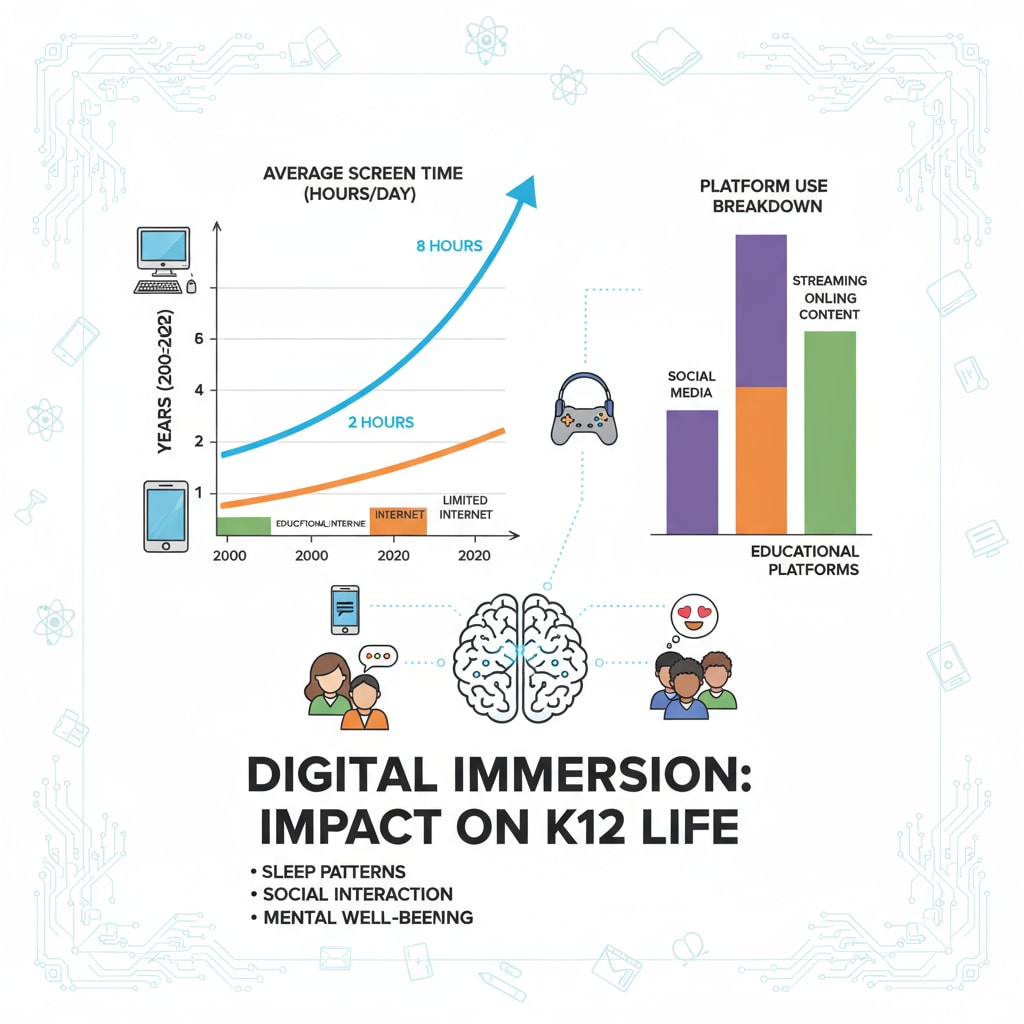The attention economy, information deserts, and tech manipulation are having a profound impact on the cognitive development of K12 students in today’s digital landscape. The contemporary internet environment, with its meticulously designed algorithms and interfaces, is capturing and commercializing the attention of teenagers. This not only leads to a sharp decline in information quality but also poses a serious threat to the cognitive development of students in the K12 stage.

The Rise of the Attention Economy
The attention economy has emerged as a dominant force in the digital world. Tech companies strive to attract and retain users’ attention for as long as possible. They use various techniques such as personalized recommendations, notifications, and addictive interfaces. For example, social media platforms use algorithms to show users content that is likely to keep them engaged. According to Wikipedia’s entry on the Attention Economy, this economic model values attention as a scarce resource and aims to maximize its exploitation. As a result, students are often bombarded with a constant stream of information, much of which is of low quality.

Creating Information Deserts
In the midst of the information explosion, we are ironically creating information deserts. The algorithms used by tech companies tend to show users more of what they already like and believe, creating echo chambers. K12 students are then limited to a narrow range of ideas and perspectives. As described on Britannica’s page on Information Overload, the overabundance of information can lead to a situation where students struggle to find valuable and diverse content. This lack of exposure to different ideas hinders their cognitive development.
Tech manipulation also plays a role in this. Companies design apps and platforms to be addictive, making it difficult for students to disengage. This excessive use of digital devices takes away time that could be spent on more meaningful activities such as reading, thinking, or engaging in face-to-face interactions.
Readability guidance: The above content is structured to clearly explain the key concepts. Short paragraphs and external links are used to enhance understanding. Transition words like ‘for example’ and ‘as a result’ are employed to make the flow smooth.


